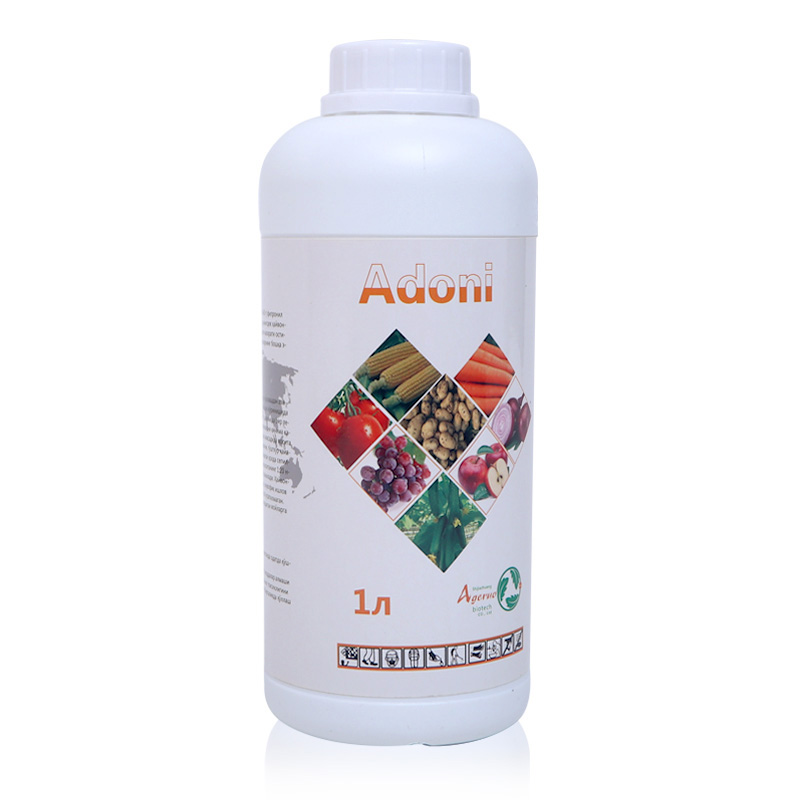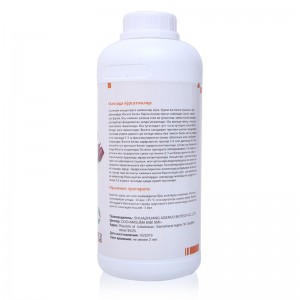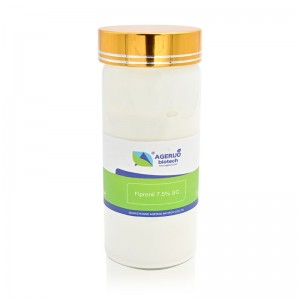Products
POMAIS Insecticide Fipronil 7.5% SC | Agrochemical Pesticide
Introduction
Fipronil is a broad-spectrum insecticide with contact and food toxicity and belongs to the phenylpyrazole group of compounds. Since it was first registered in the United States in 1996, Fipronil has been widely used in a variety of insecticidal products, including agriculture, home gardening and pet care.
Related reading: Bifenthrin vs Fipronil
| Active ingredients | Fipronil |
| CAS Number | 120068-37-3 |
| Molecular Formula | C12H4Cl2F6N4OS |
| Classification | Insecticide |
| Brand Name | POMAIS |
| Shelf life | 2 Years |
| Purity | 10% EC |
| State | Liquid |
| Label | Customized |
| Formulations | 5%SC,20%SC,80%WDG,0.01%RG,0.05%RG |
| The mixed formulation products | 1.Propoxur 0.667% + Fipronil0.033% RG2.Thiamethoxam 20% + Fipronil 10% SD
3.Imidacloprid 15% + Fipronil 5% SD 4.Fipronil 3% + Chlorpyrifos 15% SD |
Advantages of Fipronil
Broad-spectrum insecticide: effective against a wide range of pests.
Long persistence period: long residual time, reducing the frequency of application.
High efficiency at low dose: good control effect can be achieved at low dose.
Physical and chemical properties of Fipronil
Physical properties
Fipronil is a white solid with a musty odor and its melting point is between 200.5~201℃. Its solubility varies greatly in different solvents, for example, the solubility in acetone is 546 g/L, while the solubility in water is only 0.0019 g/L.
Chemical properties
The chemical name of Fipronil is 5-amino-1-(2,6-dichloro-α,α,α-trifluoro-p-methylphenyl)-4-trifluoromethylsulfinylpyrazole-3-carbonitrile. It is highly stable, not easy to decompose, and has a long residual period in soil and plants.
Mode of Action
Fipronil is a phenyl pyrazole insecticide with a wide insecticidal spectrum. It is mainly stomach toxic to pests, and has contact and certain internal absorption effects. It has high insecticidal activity against important pests such as aphids, leafhoppers, planthoppers, lepidoptera larvae, flies and coleoptera. Applying it to soil can effectively control corn root beetles, golden needle worms and land tigers. When spraying on leaves, it has a high level of control effect on diamondback moth, pieris rapae, rice thrips, etc., and has a long duration.
Application fields of Fipronil
Vegetable cultivation
In vegetable cultivation, fipronil is mainly used for controlling the pests such as cabbage moth. When applying, the agent should be evenly sprayed on all parts of the plant.
Rice planting
Fipronil is used to control stem borer, rice thrips, rice fly and other pests in rice cultivation, and the application methods include suspension spray and seed coat treatment.
Other crops
Fipronil is also widely used in other crops such as sugarcane, cotton, potato, etc. It can effectively control a variety of pests.
Home and garden applications
In home and gardening, fipronil is used to control pests such as ants, cockroaches, fleas, etc. Common forms include granules and gel baits.
Veterinary and Pet Care
Fipronil is also used in pet care, such as in vitro deworming for cats and dogs, and the common product forms are drops and sprays.
Main uses of Fipronil
Fipronil is mainly used to control ants, beetles, cockroaches, fleas, ticks, termites and other pests. It kills pests by destroying the normal function of central nervous system of insects, and has very high insecticidal activity.
Suitable crops:

Act on these Pests:

Using Method
Soil treatment
When fipronil is used for soil treatment, it needs to be mixed well with the soil to ensure maximum efficacy. It has good control effect on underground pests such as corn root and leaf beetles and golden needles.
Foliar spraying
Foliar spraying is another common application method of fipronil, which is suitable for controlling aboveground pests such as heartworm and rice fly. Care should be taken to spray evenly to ensure the chemical covers the whole plant.
Seed coat treatment
Fipronil seed coating is widely used for seed treatment of rice and other crops to improve the resistance of crops to diseases and insects through coating treatment.
|
Formulations |
Area |
Targeted pests |
Usage method |
|
5%sc |
Indoor |
Fly |
Retention spray |
|
Indoor |
Ant |
Retention spray |
|
|
Indoor |
Cockroach |
Stranded spray |
|
|
Indoor |
Ant |
Wood soaking |
|
|
0.05%RG |
Indoor |
Cockroach |
Put |
Storage Suggestion
Fipronil should be stored in a cool, dry and well-ventilated place, avoiding direct sunlight. Store it away from food and feed, and prevent children from contacting it.
FAQ
A:It takes 30-40 days. Short lead times are possible on occasions when there is a tight deadline on a job.
A:Yes, Kindly directly contact us.
Why Choose US
We supply varies of products with design,production,exporting and one stop service.
OEM production can be provided based on customers’ needs.
We cooperate with customers all over the world, ans provide pesticide registration support.











